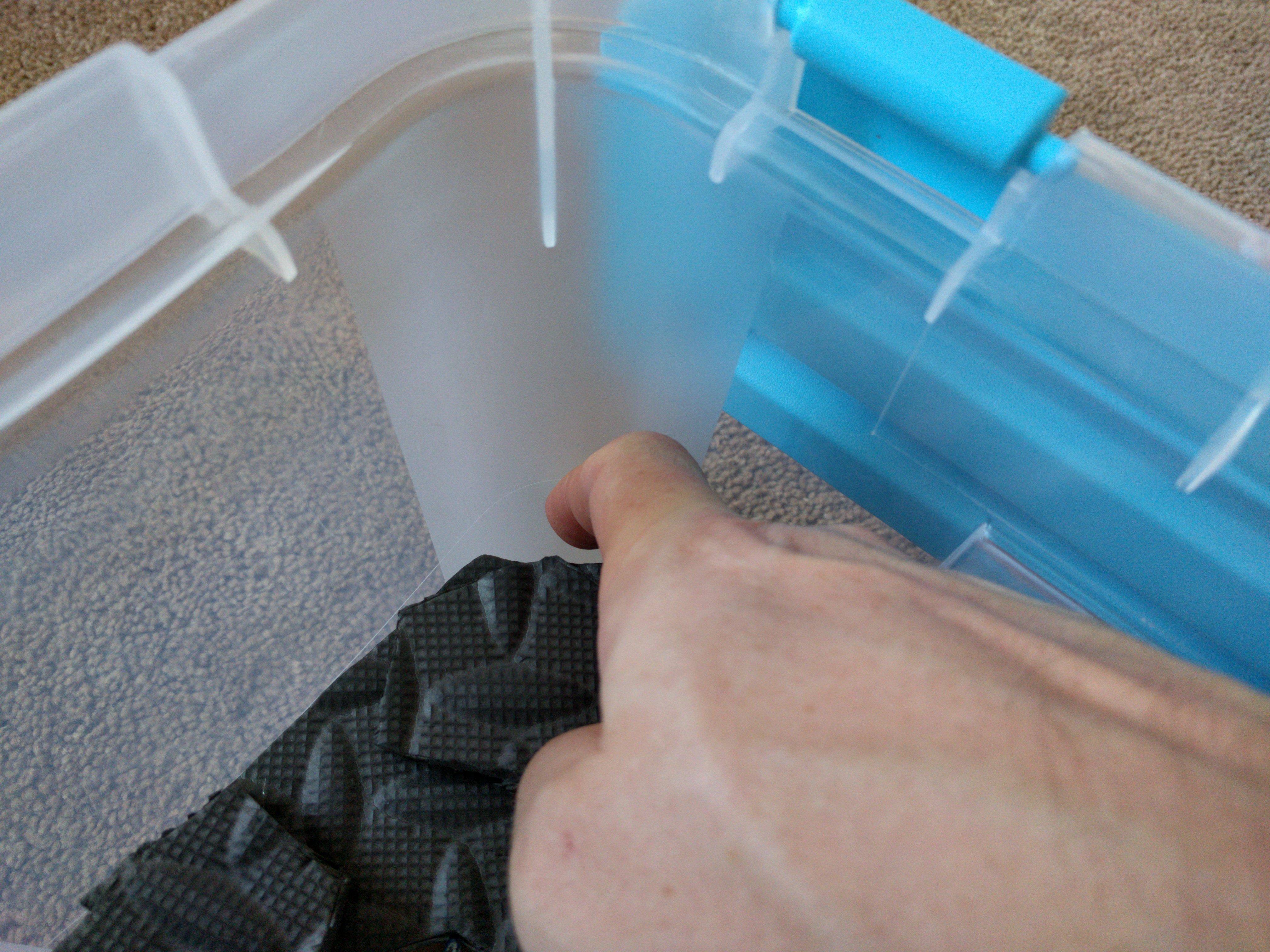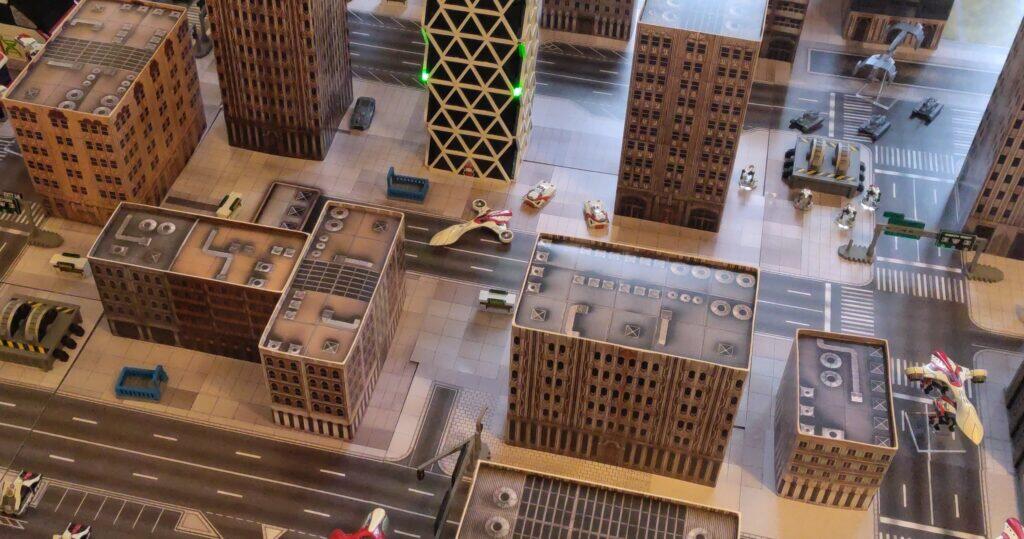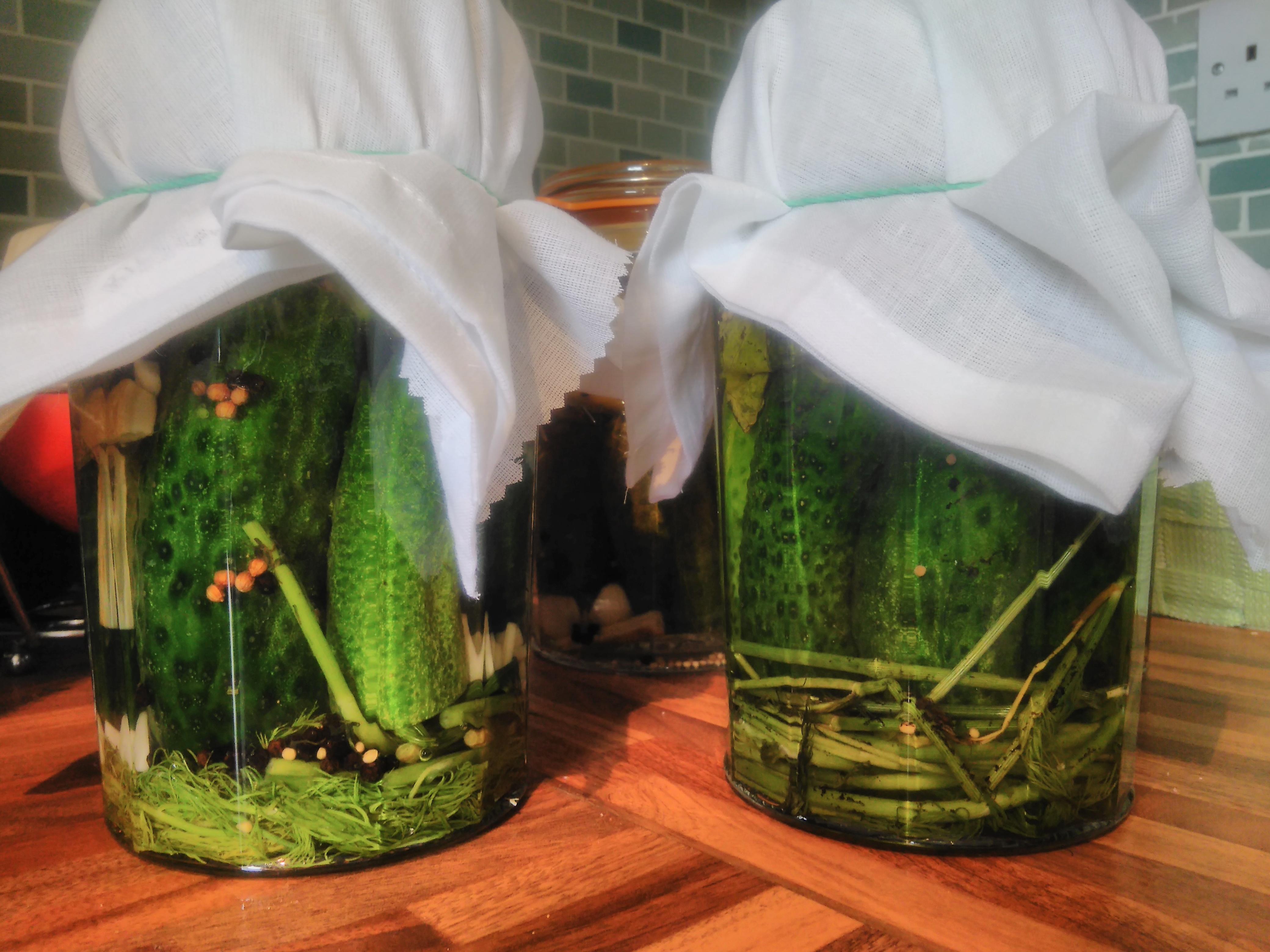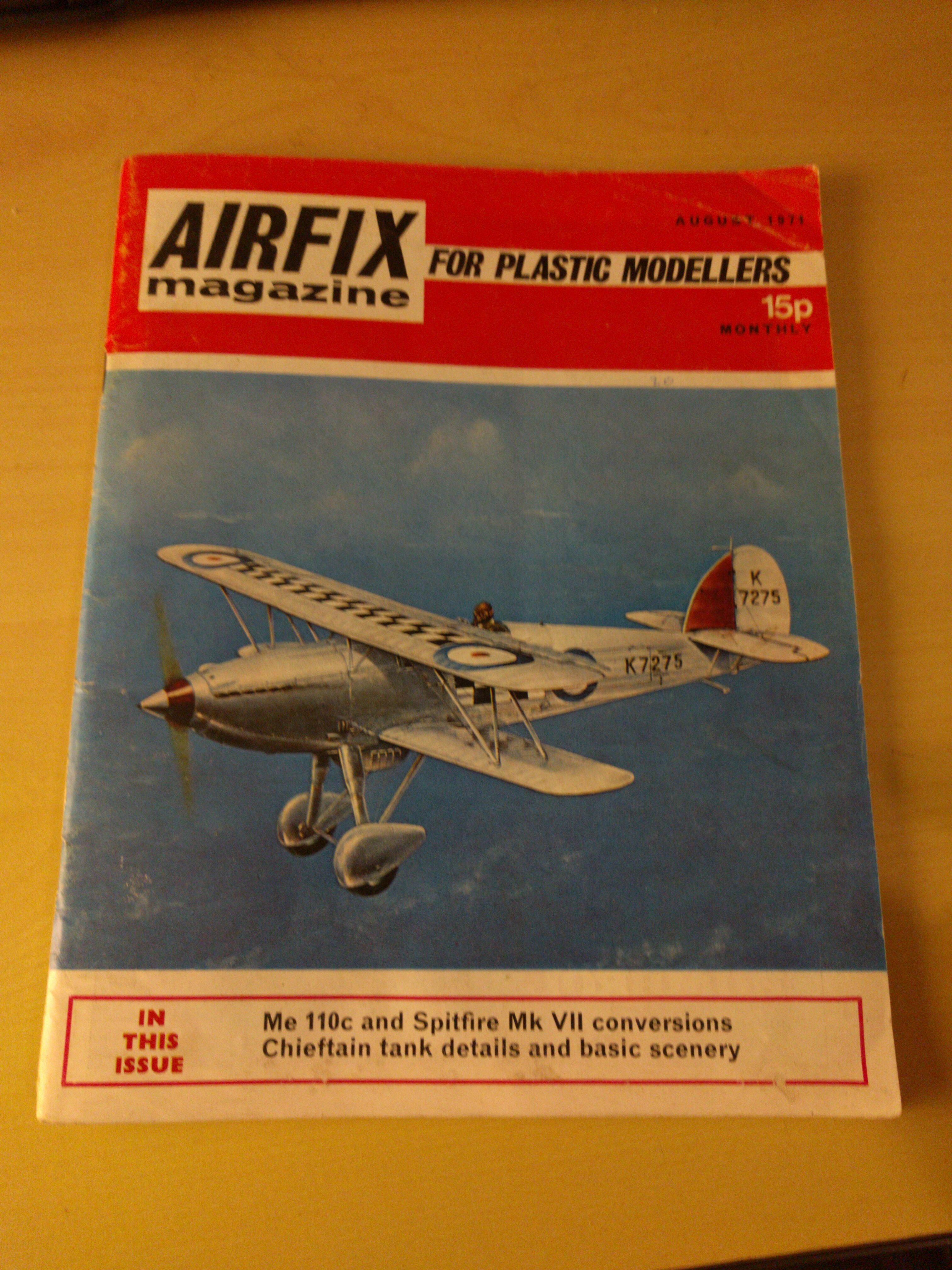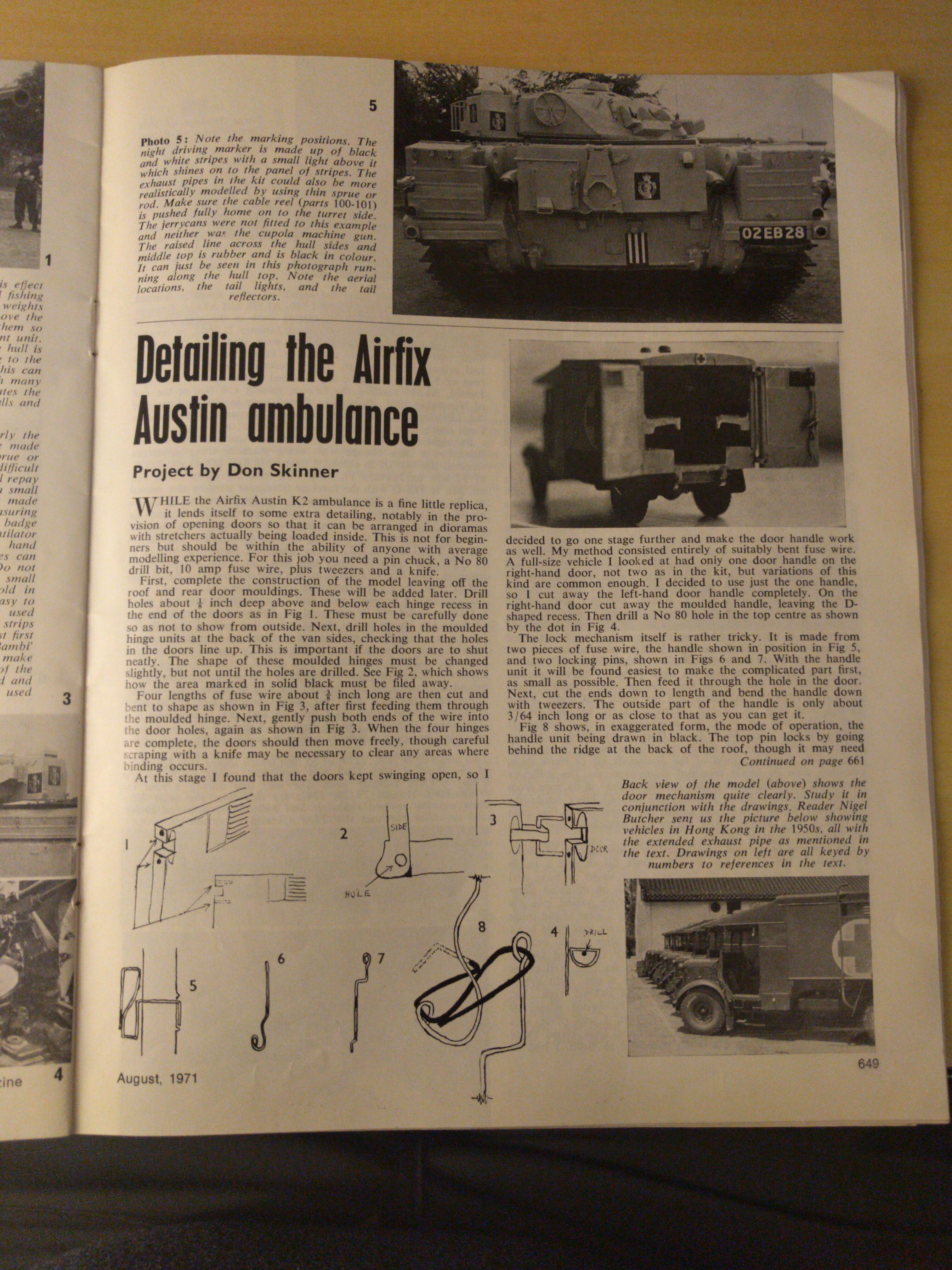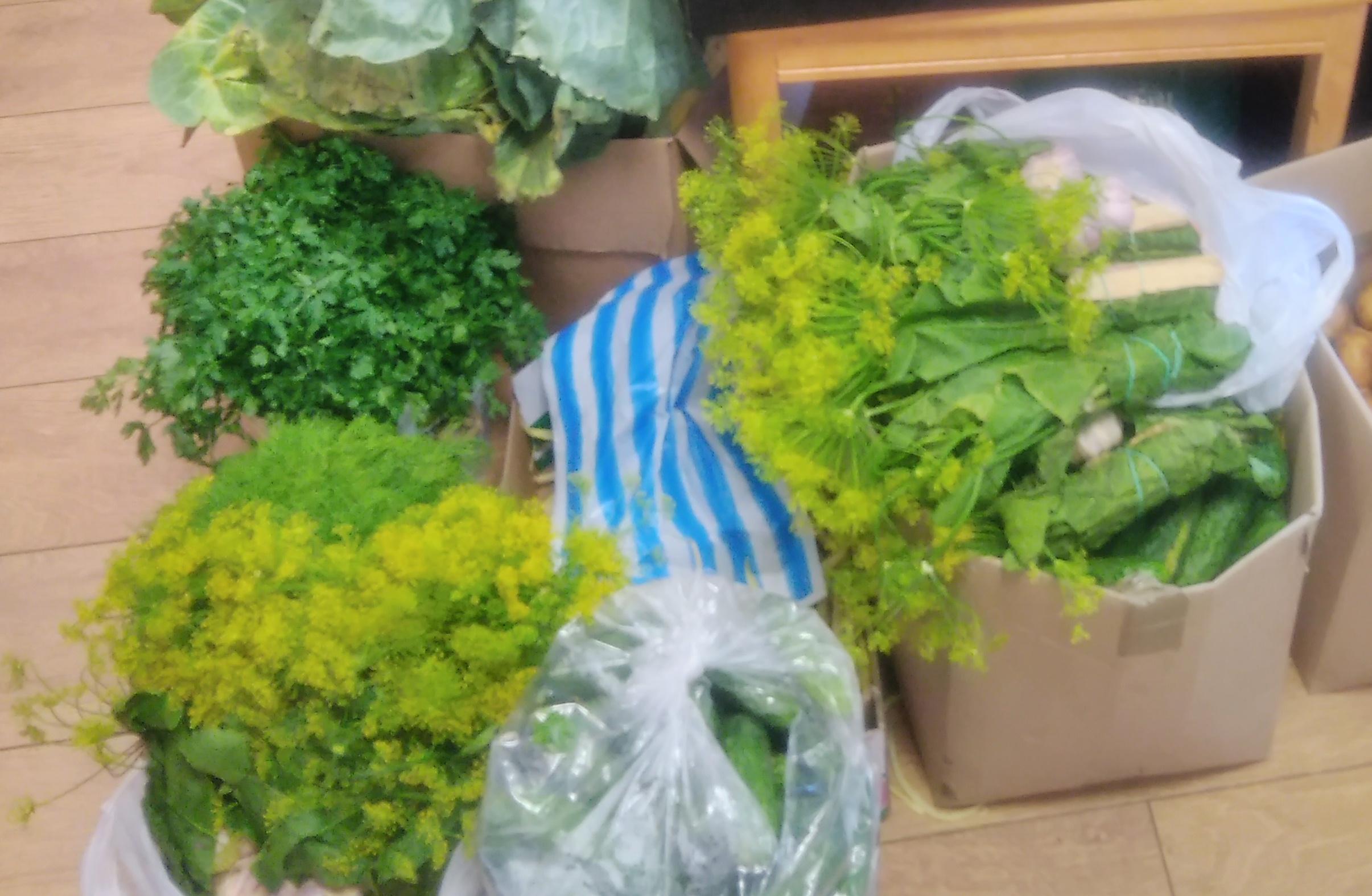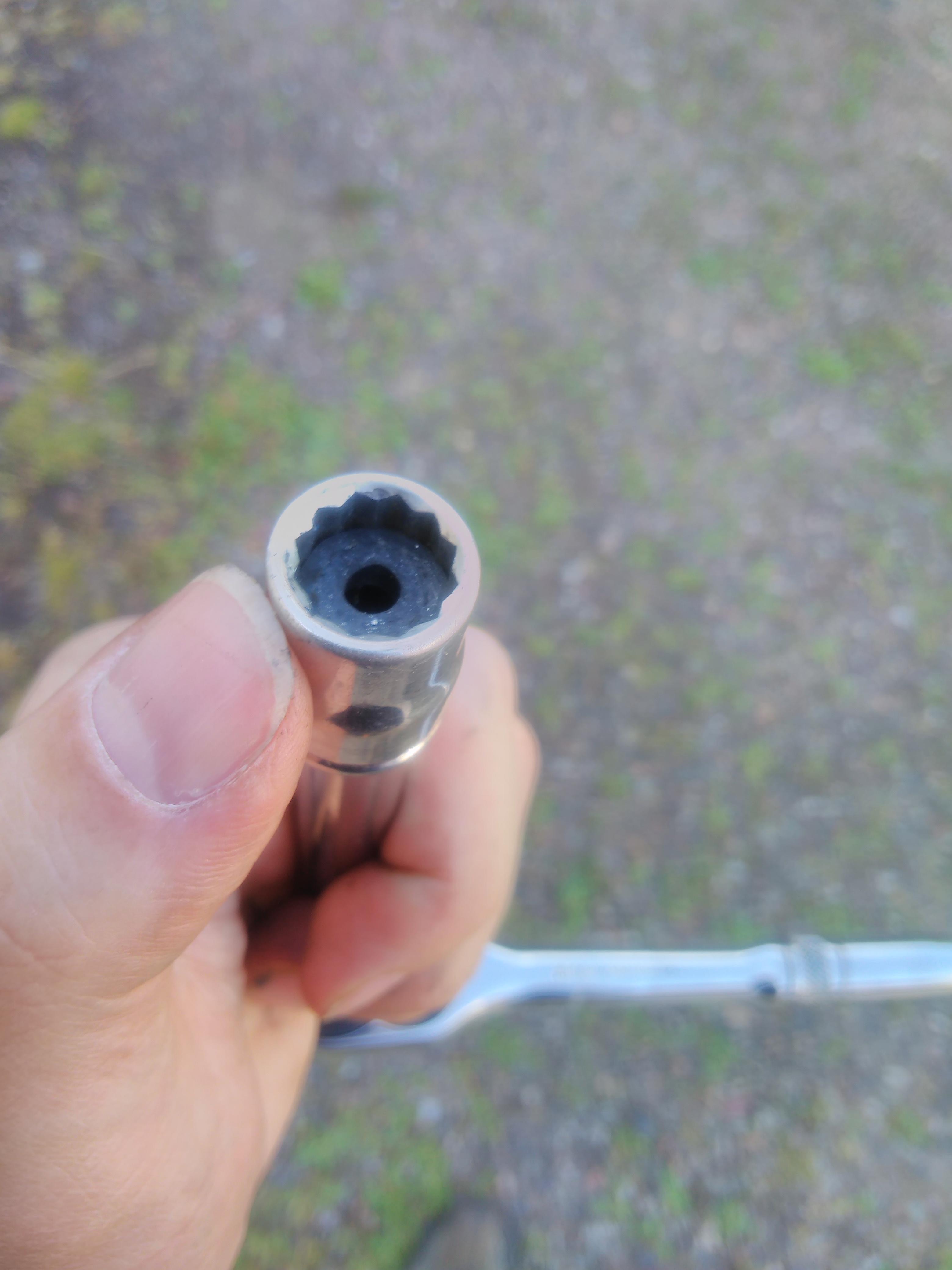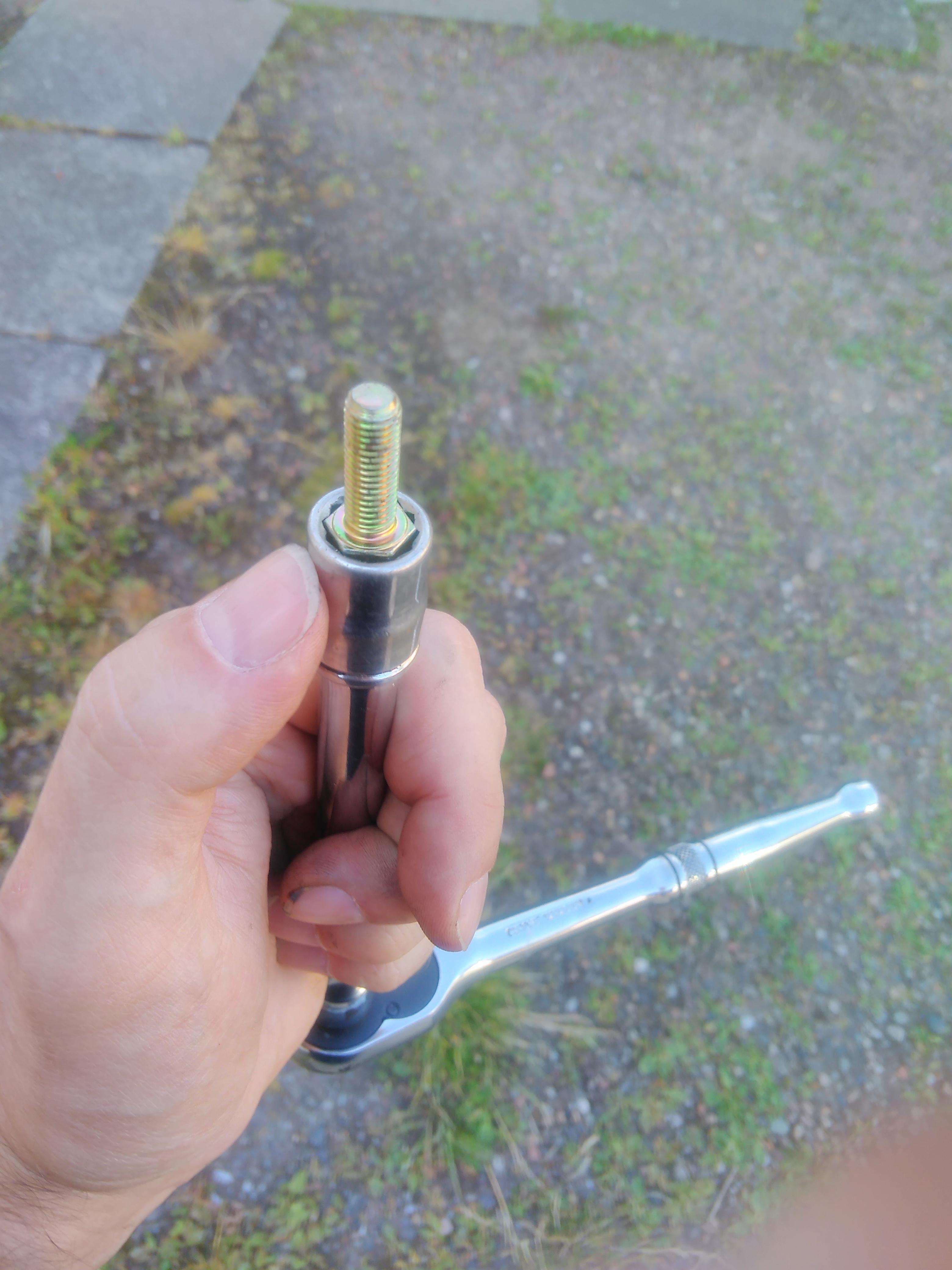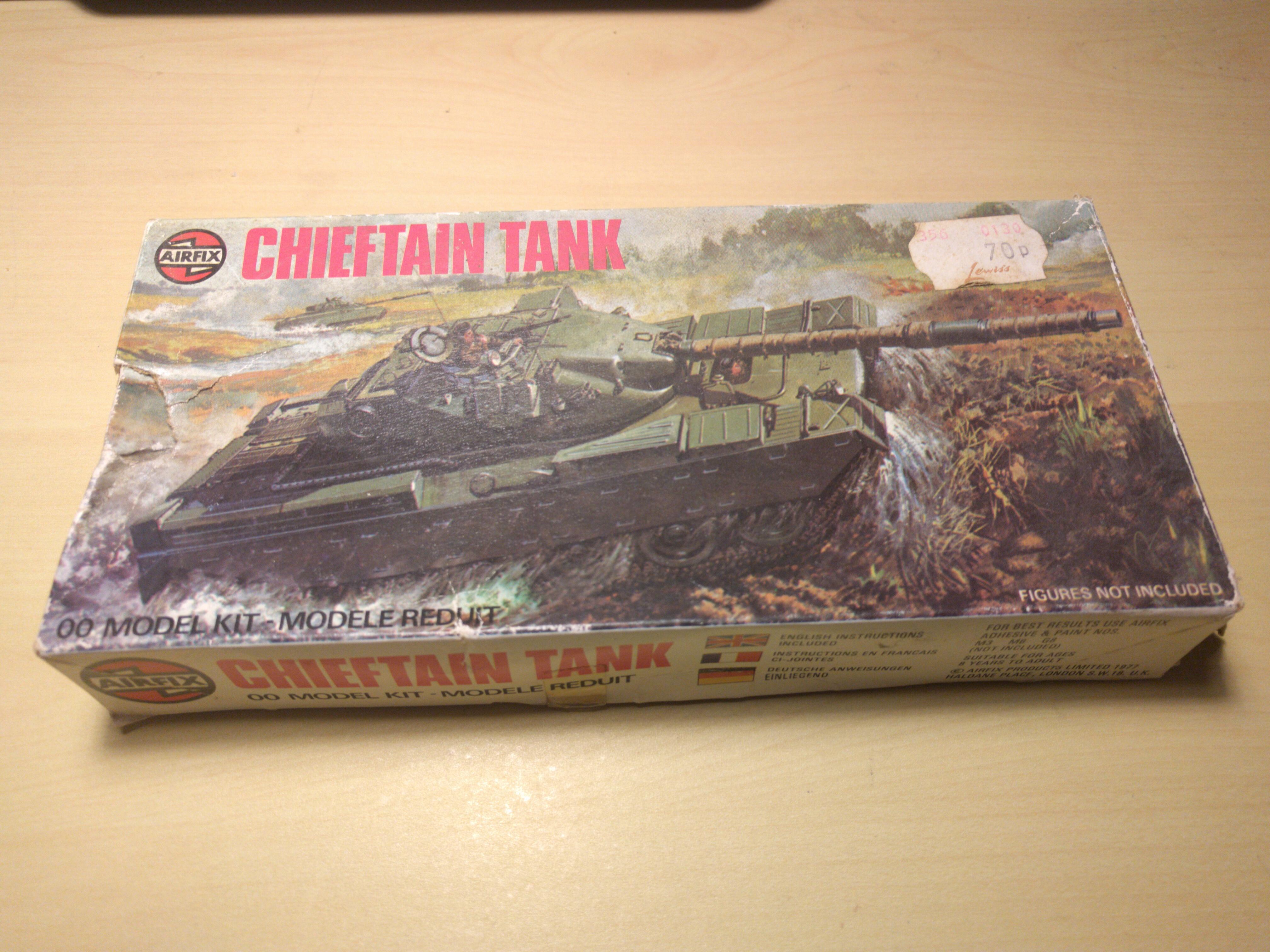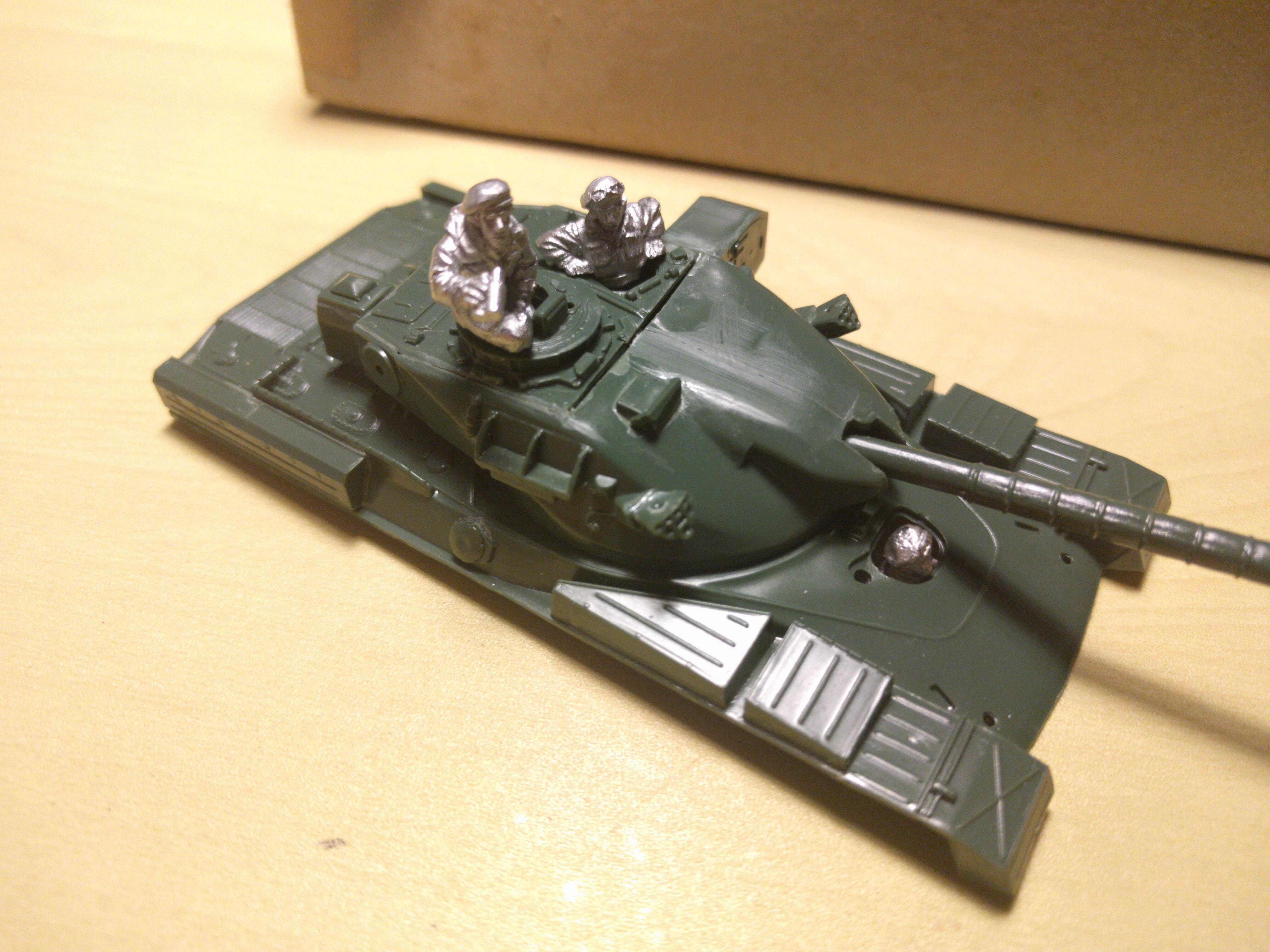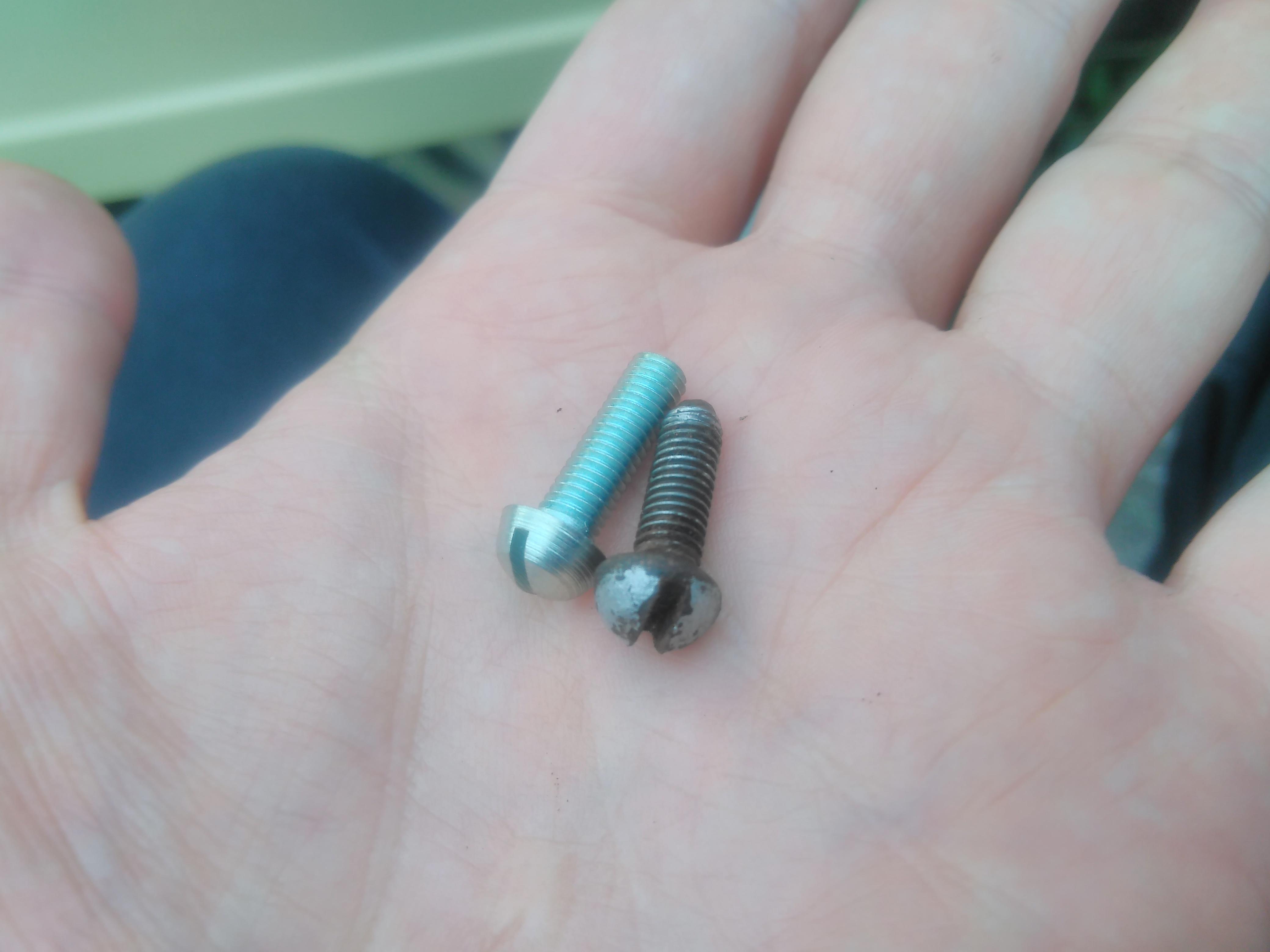Storage is a key part of the usability of any wargaming setup – it has to be easy otherwise I’m not going to make much use of it. For the 1:300 aircraft I have used closed cell foam floor mats stuck to card backing and stacked in a plastic storage box.
The foam was first cut to size so that it fitted into the box and then the individual aircraft shapes were cut out. A sharp knife is needed and I made a paper template for each aircraft type as tracing round the actual models would inevitably lead to damage.
Once the aircraft shapes were cut out, and trimmed where necessary to get a good fit, the foam was glued to a cardboard backing with PVA glue. After leaving them to set under a decent weight the card was trimmed to the edges of the foam.
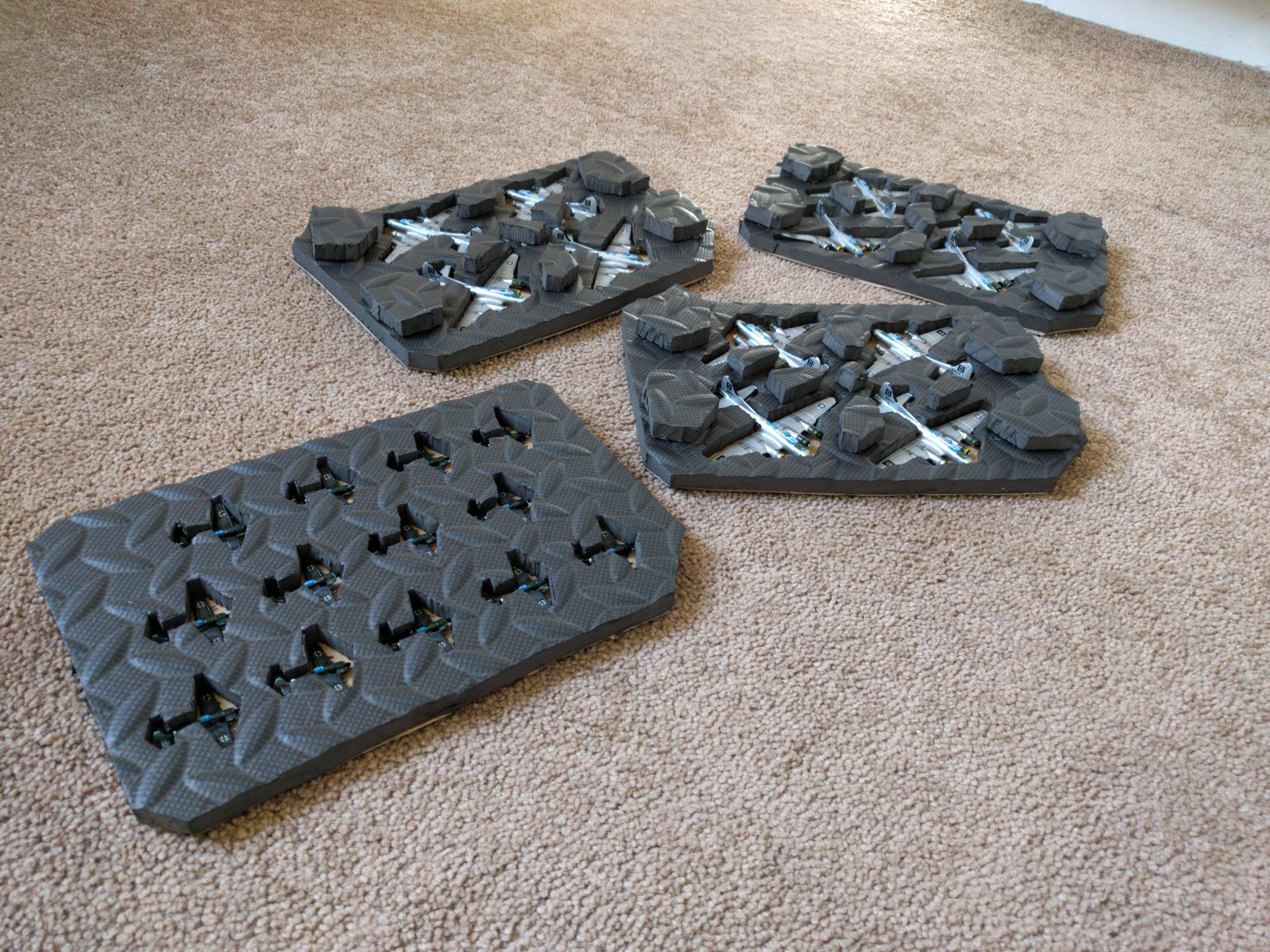
Whilst the FW 190s fitted nicely in the foam layer the B-17s have a high tail. To get round this pieces of the foam I’d cut out of the aircraft holes were secured on top with a hot glue gun to provide some spacing. The layers on top won’t be that heavy so the slight compressibility of the foam isn’t an issue.

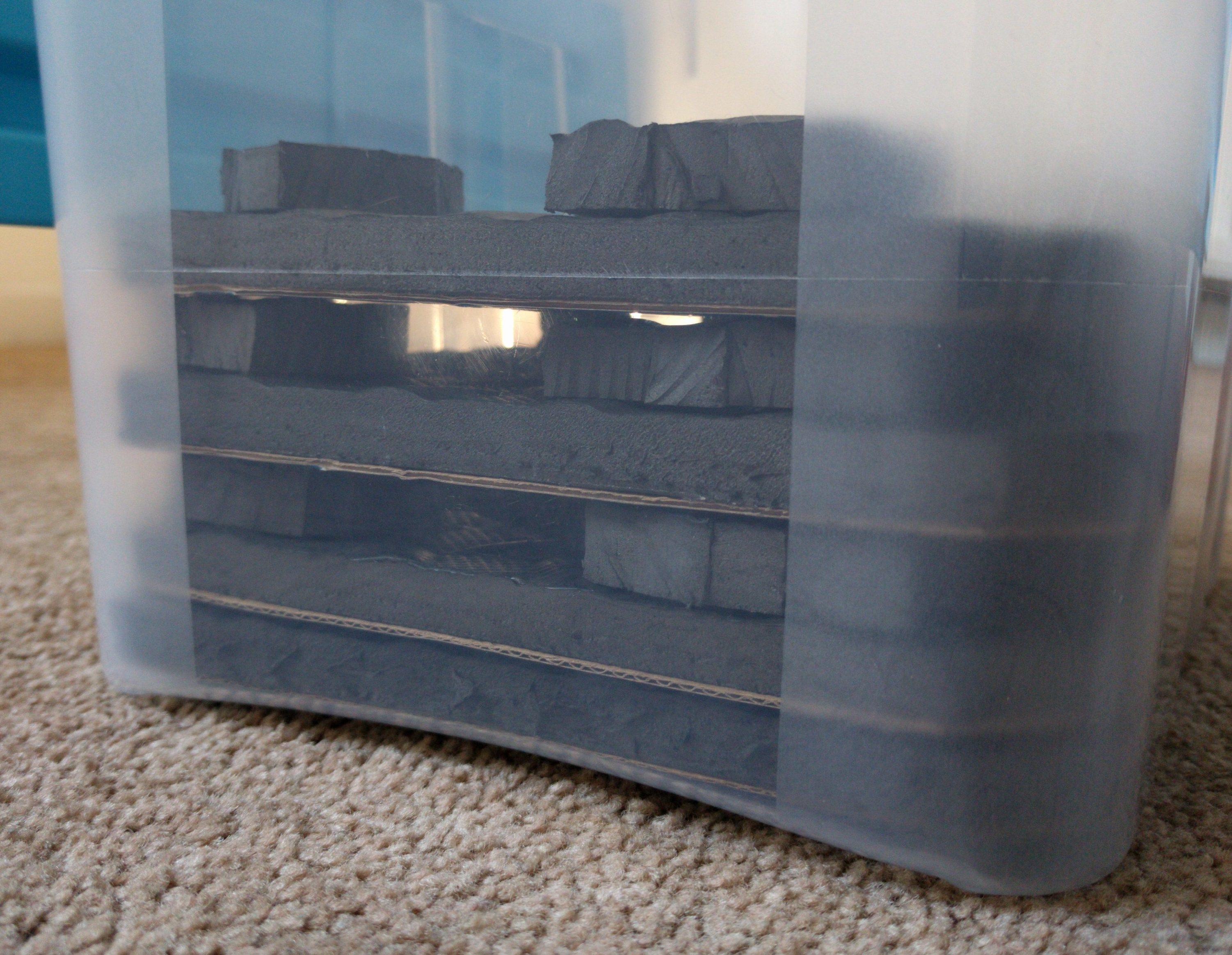
To make getting the layers out of the box easier one corner has been cut out to allow a finger to hook under a layer.
